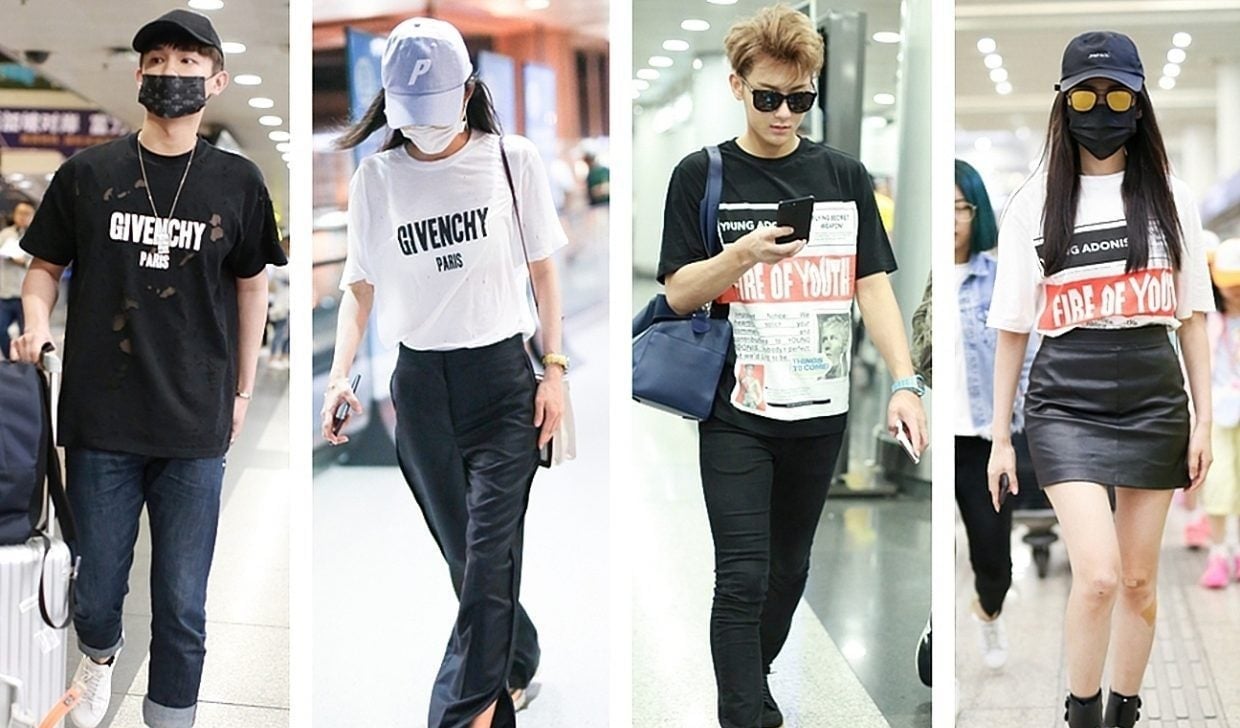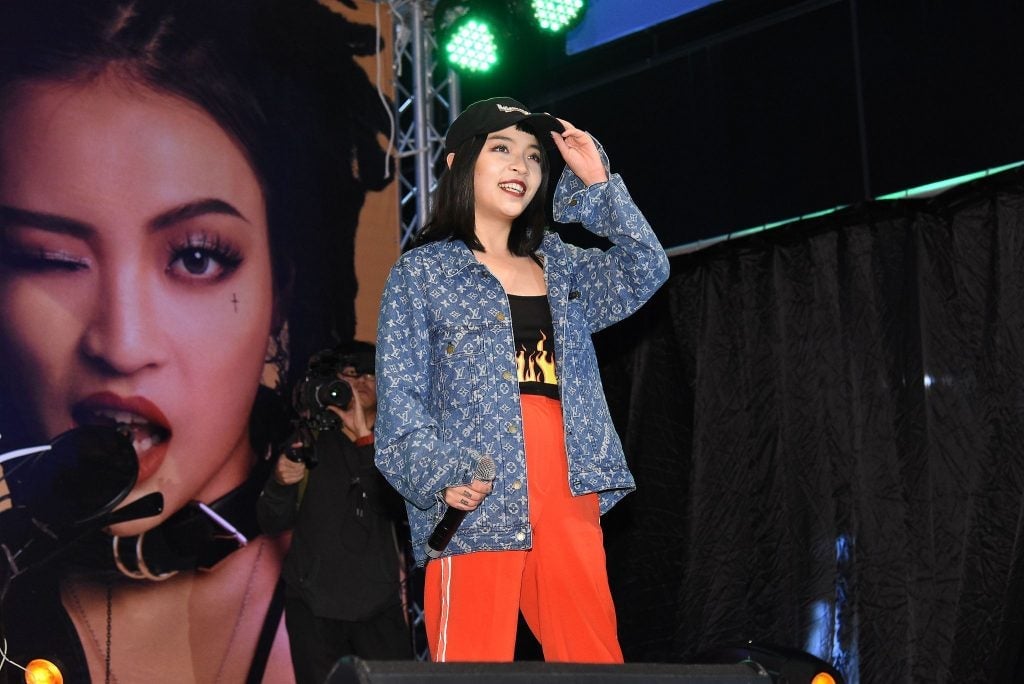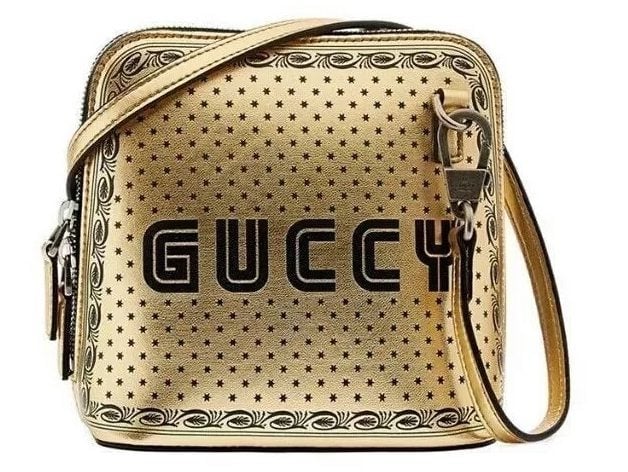In China, flashy logos are making a comeback as a status symbol
Over the past few seasons, logos have made a return to the runway. Even in China, where the industry consensus was that countless fakes and shallow status projection had created serious logo fatigue, people are no longer ashamed to flash luxury logos from head to toe.


Over the past few seasons, logos have made a return to the runway. Even in China, where the industry consensus was that countless fakes and shallow status projection had created serious logo fatigue, people are no longer ashamed to flash luxury logos from head to toe.
In the West, the recent renaissance in flashy logos is largely associated with revivalism, in which fashion designers look back to the past, especially the ’90s when logos were trendy, for inspirations that resonate with millennials.
In China, however, there are different dynamics at play.
While conspicuous logos made the wearer a target of derision in China a decade ago, Chinese consumers have begun to appreciate the way logos are incorporated into luxury items. They’re connoisseurs of brand histories and narratives, having explored them through online media and offline experiences, such as brand exhibitions.
Crucially, a new love of logos has been inspired by shifting cultural and economic trends.
Streetwear crossover
The current popularity of logos is linked to China’s craze for hip-hop and streetwear.
Last year, Chinese reality show The Rap of China was phenomenally popular, providing perhaps the biggest mainstream platform for hip-hop and streetwear culture in Chinese history. The show ignited an enthusiasm for streetwear brands, making once-niche labels like Supreme, Off-White, Raf Simons, and Vetements truly household names.

When Louis Vuitton collaborated with Supreme, the box logo T-shirts and hooded sweatshirts became some of the trendiest items in the country. The collection was released on the mainland last July through a Beijing pop-up store, where long queues quickly formed.
“Ultimately whether wearing logos is aesthetically relevant and socially appropriate reflects consumers’ level of economic optimism,” said Ray Ju, a consultant at Labbrand. “And that’s why logos of big-name brands have once again become popular among Chinese luxury consumers, who are optimistic about the future of their country and their own bank accounts.”
The millennial effect
The resurgence of logos has been driven by younger consumers, especially the post-’90s generation (a common term used in China to describe those born in the ’90s), who see luxury brands as a means of self-expression.
Li Anran, a 24-year-old luxury consumer from Beijing, has collected T-shirts with bold logos from Gucci, Christian Dior, Balenciaga and Vetements in recent years. He used to think that wearing logos in China was only a thing for his parents’ generation. However, “a change of philosophy with respect to logo design,” as he put it, made him feel wearing logos is no longer outdated.
“Many brands truly have taken a millennial mindset when they use today’s logos in their designs,” he said. “They’ve instilled a lot of creativity and innovation in the items, which are more vivacious and playful.”

One example that Li used to illustrate his point is Gucci’s “Guccy” products from the brand’s 2018 resort show, a line that parodied the counterfeiting issue that plagues luxury brands.“It was a genius move,” he said. “I immediately felt so attached to it once I saw it.”
More than just logos
The resurgence of logos is good for the fashion industry, turning customers into walking billboards for their brands. But Chinese consumers won’t embrace logos for all occasions.
“Now you will see both situations—some consumers showcasing logos, and some preferring to keep it unbranded and low key. Both behaviors can even be seen in the same individual at different occasions,” said Ju.
To be resilient to fast-changing trends and cater to the diverging tastes of Chinese consumers, fashion brands are learning that it’s ultimately most important to have an underlying identity that resonates—with or without logos.
This post originally appeared on Jing Daily.